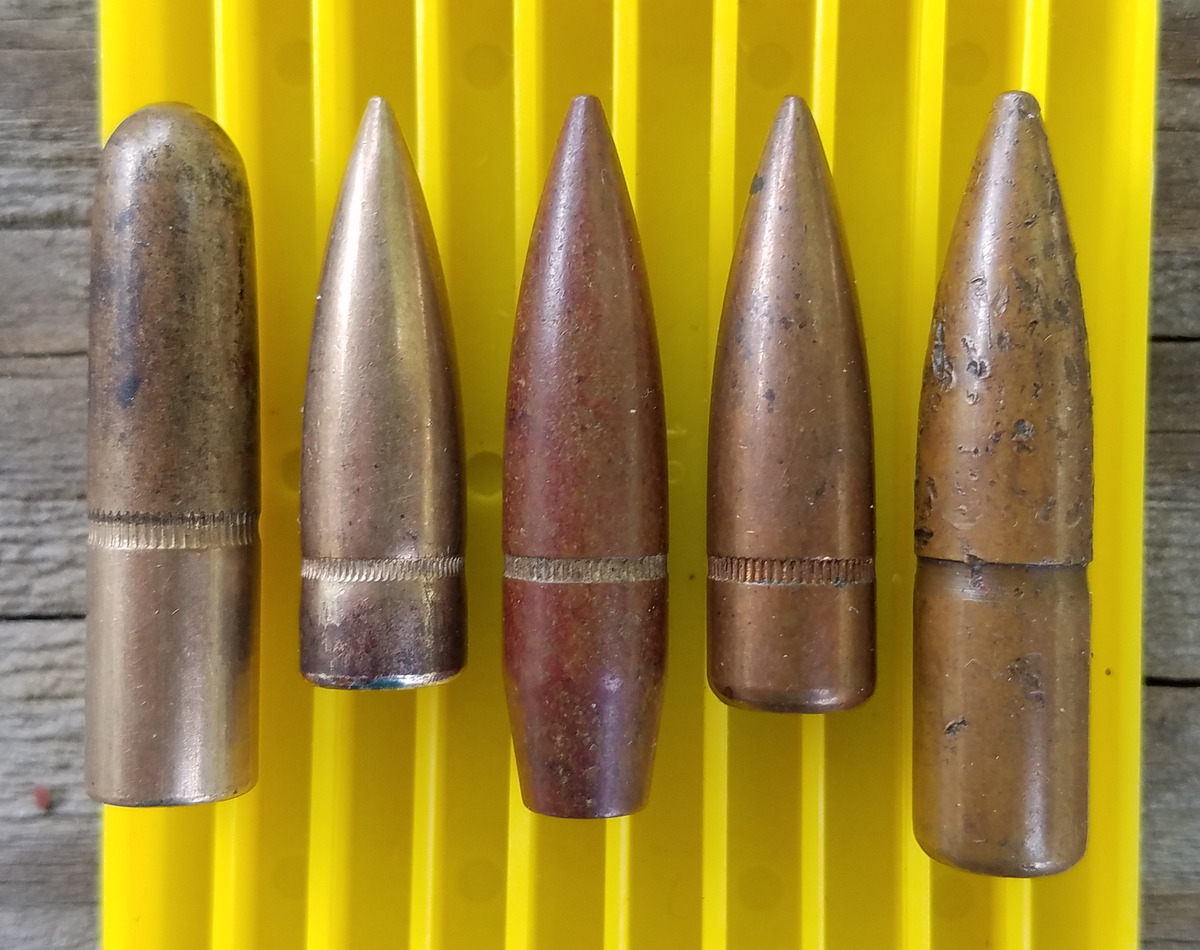Edit- thanks everyone for a lot of answers. Before I posted this I did not know enough to simply ask the question any better.
So here is what (or how) I think I should have asked it:
Why does the drag law I am being told, or recommended, to use in certain apps differ?
Why does the bc on the tin not match what the calculator says it will do AND not match what I see in real life?
I have a ton of stuff to go try out now and I don't feel stuck so thanks.
P.S.
Some people are super smart and they like showing off and that can come across as talking down. But I grew up on the less fun end of a one-way range so it's pretty hard to hurt my feelings. I'm new to improving at this level, not 10 years old.
People can be any combination of wrong, right, nice or a big turd about it. It's all paying for education and now I've got homework or else I just wasted everyone's time with a less than optimal question that ya'll kindly took the time to try to answer.
I can tell you all that there are a LOT fewer and less angry know it alls in this world than in real guns, 3 gun especially. Some folks maybe should be nicer and other people maybe need to let more attitudes slide.
Guys and gals I have been doing my homework which means I have tried figuring it out on my own before bothering you fine folks.
I have a chrony built into my barrel and one at 25 yards.
I am using JSB Exact 44.75gr, a well calibrated mg scale and a brand of micrometer for head size that is so German I'd get kicked out of Disneyland (again) for saying it out loud. What am I doing wrong?
I'm getting bcs from low .03s to mid- high .04s.
I've read some things that are way too complex that I don't have equipment for, radar and such, but we have been figuring bc on paper forever.
What do I do? I intended to go through all my JSB weights and play on all the ballistics calcs to scratch my autism itch for the day but I never got past the JSB exact 44.75.
Frustrated in Fenix
So here is what (or how) I think I should have asked it:
Why does the drag law I am being told, or recommended, to use in certain apps differ?
Why does the bc on the tin not match what the calculator says it will do AND not match what I see in real life?
I have a ton of stuff to go try out now and I don't feel stuck so thanks.
P.S.
Some people are super smart and they like showing off and that can come across as talking down. But I grew up on the less fun end of a one-way range so it's pretty hard to hurt my feelings. I'm new to improving at this level, not 10 years old.
People can be any combination of wrong, right, nice or a big turd about it. It's all paying for education and now I've got homework or else I just wasted everyone's time with a less than optimal question that ya'll kindly took the time to try to answer.
I can tell you all that there are a LOT fewer and less angry know it alls in this world than in real guns, 3 gun especially. Some folks maybe should be nicer and other people maybe need to let more attitudes slide.
Guys and gals I have been doing my homework which means I have tried figuring it out on my own before bothering you fine folks.
I have a chrony built into my barrel and one at 25 yards.
I am using JSB Exact 44.75gr, a well calibrated mg scale and a brand of micrometer for head size that is so German I'd get kicked out of Disneyland (again) for saying it out loud. What am I doing wrong?
I'm getting bcs from low .03s to mid- high .04s.
I've read some things that are way too complex that I don't have equipment for, radar and such, but we have been figuring bc on paper forever.
What do I do? I intended to go through all my JSB weights and play on all the ballistics calcs to scratch my autism itch for the day but I never got past the JSB exact 44.75.
Frustrated in Fenix
Last edited:

